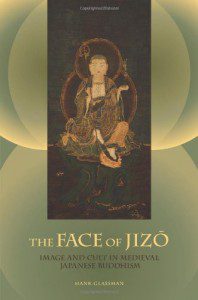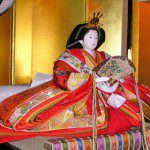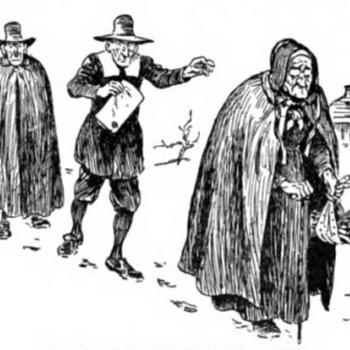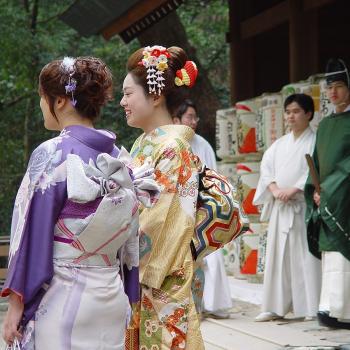 The Face of Jizo: Image and Cult in Medieval Japanese Buddhism, Hank Glassman
The Face of Jizo: Image and Cult in Medieval Japanese Buddhism, Hank Glassman
Next month I have to do a presentation which will involve talking about Jizo, easily one of Japan’s most popular bodhisattvas. I thought now would therefore be a good time to swat up on Jizo and this was a good excuse as any to buy The Face of Jizo, a fairly recent academic work on Jizo that has been on my wishlist for a while.
This book is a detailed study of the development of Jizo worship in Japan with particular focus on his appearances in iconography, sacred texts and folklore. By analysing representations of Jizo in art and writing, Glassman demonstrates how the role of Jizo has changed over time, from ever-merciful saviour of all to guardian of travellers to his modern persona as a psychopomp who protects the souls of children.
Be warned anyone attempting to read The Face of Jizo – it is very academic and its dense prose is not easy, especially for readers with little background knowledge of Japanese Buddhism. I have read a lot of academic works that are just as interesting and accessible to laymen as they are to specialists, but this is not one of those titles; I have a background in Japanese Studies and didn’t find it a particularly easy read. It seems to have been written specifically for an academic audience, so that’s something to bear in mind.
However, one cannot fault The Face of Jizo for the quality of its research and adherence to methodology, and for those already familiar with Japanese Studies/Buddhism, there’s a lot of information to glean. For me personally, the most interesting section was on Jizo’s role in Shinto and his syncretism with the kami, such as the sae no kami, spirits of boundaries and fertility. I also liked the later discussions on Jizo’s more modern role as the deity who helps children in the afterlife, in which the author takes a critical look at the possible exploitation of bereaved parents by the Buddhist establishment. But this part was sadly brief, which does make sense considering The Face of Jizo is more about Jizo’s roles in medieval Japan. Additionally, the book must be praised for its excellent use of photos, including good quality colour photos and photos of rare statues and paintings of Jizo.
The Face of Jizo will no doubt be considered essential reading for those studying this figure, but for individuals looking for a more basic introduction to Jizo, I suggest looking elsewhere first and tackling this book later.
















